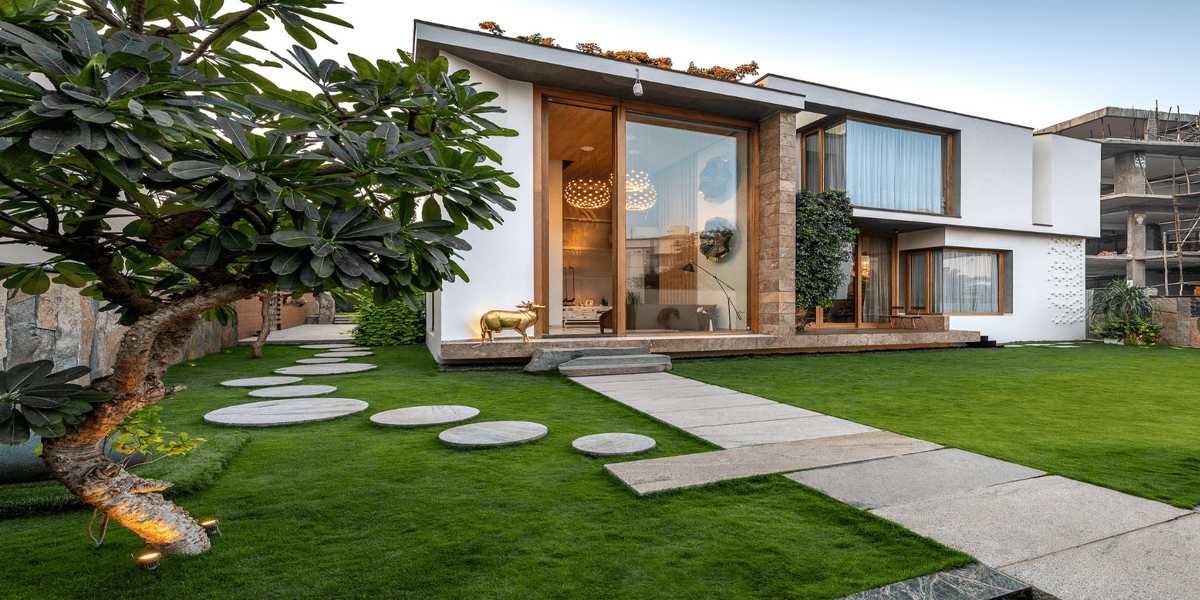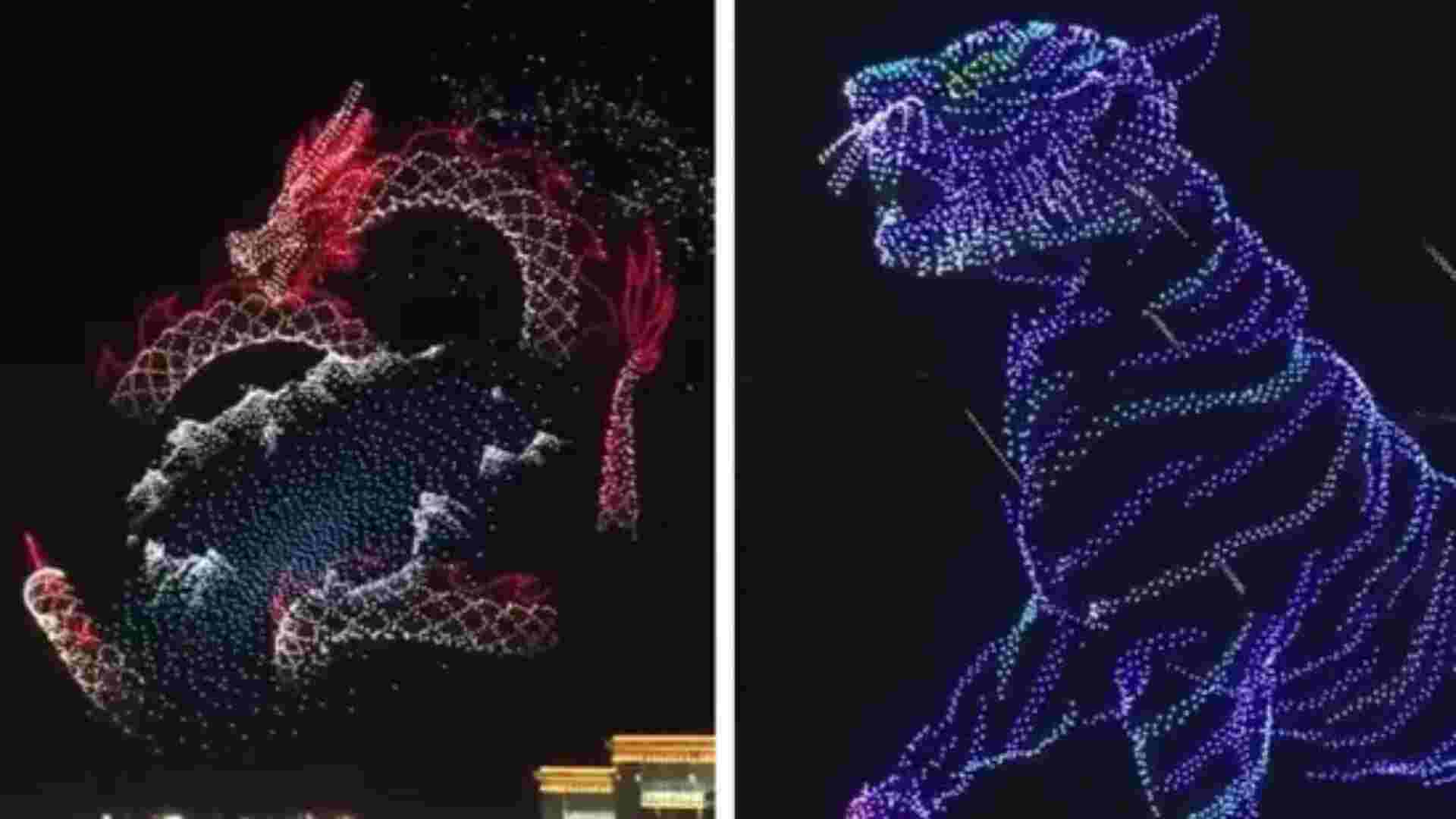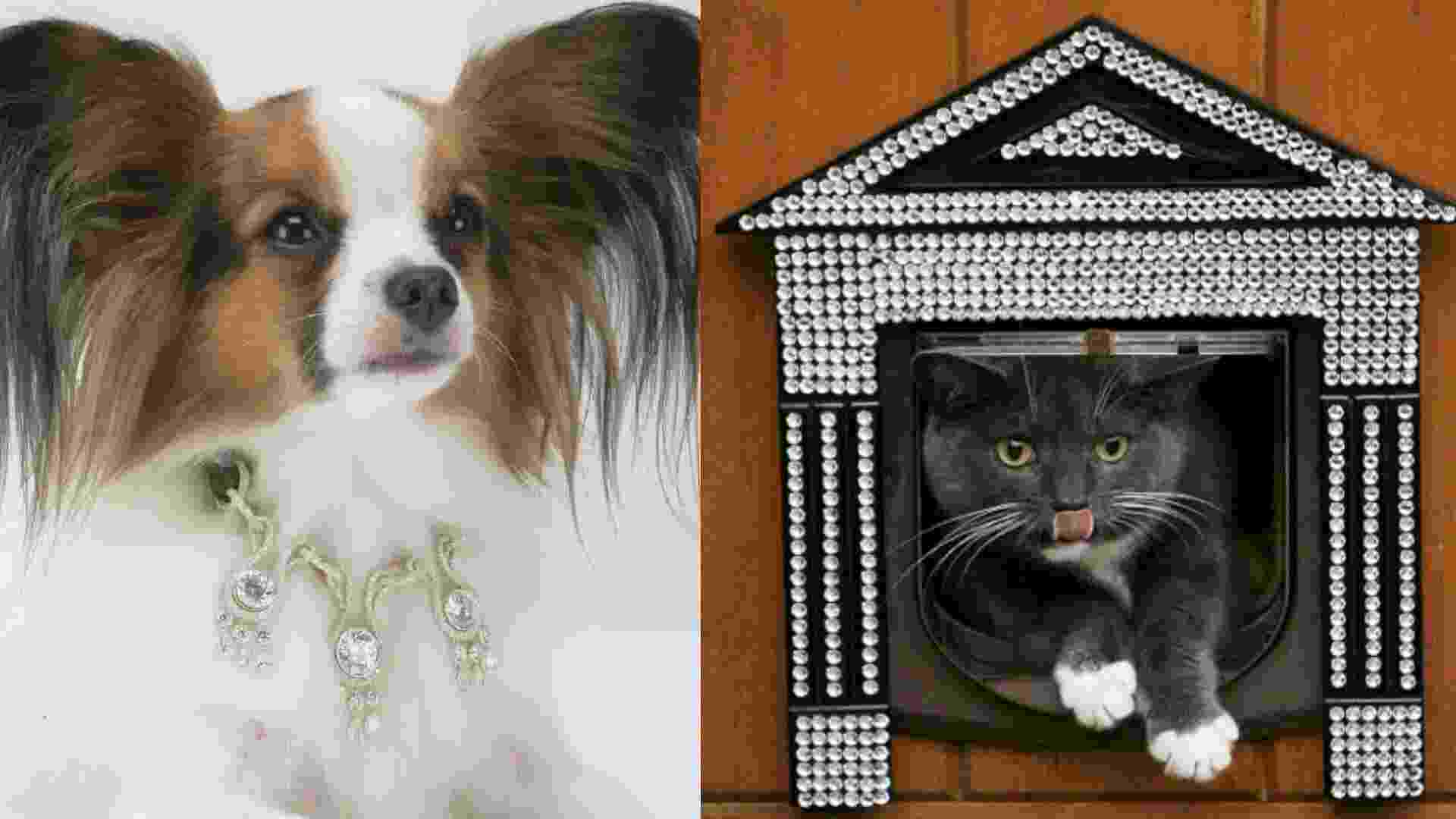
Nowadays, when the environment is at its most concern and people are on the way to sustainability, the homeowners are seeking for new possibilities, when it comes to fusion of their living places with eco-friendly ethics. Sustainable design strategies have emerged as a primary approach to create the homes that are not only useful and beautiful but also take the environment into account and the use of resources.
The concept of sustainable design presupposes preventing the harm to the environment of a building from the construction to its disassembly. By integrating the green practices into the design process, the modern houses will reduce the carbon emissions, preserve the natural resources, and ensure the occupants’ health.
Energy Efficiency: The Living Masters of Net Zero.
Energy efficiency is one of the principal sustainable design elements because buildings account for significant amounts of the world’s energy consumption and they also emit greenhouse gases. Energy efficiency in modern houses can be achieved in a number of ways through various methods and approaches.
Water Conservation: Saving the drinking water of the future
Water efficient faucets or sinks or shower heads or the water saving toilets are low-flow fixtures and are those through which there will be a lot of saving of water without the loss of function. The tools which are used to collect and store the rainwater which is used for purposes which are not potable such as the landscape irrigation or the flushing of the toilets therefore reducing the demand on the municipal water supplies are the rainwater harvesting systems.
Building Technology from the Viewpoint of Environmental Protection
The materials and methods of modern home construction substantially affect their ecological impact. The sustainable design strategies are chiefly reliant on the employment of Green and locally available materials which will considerably decrease the carbon emission resulting from the transportation of the materials and also will help in focusing on the importance of resource management.
The potential fast renewable materials which can act as substitutes for the conventional building materials are the bamboo, Cork and some Engineered Wood Products. When the home designs are made regarding the use of the materials that are recycled and reclaimed which comprises salvaged wood, recycled steel, and recycled plastic, this will cause the waste to be diverted from the landfills and the demand for the new resources will be minimized.
Biophilic Design: How to Contact Nature
Environmental standards which make a house sustainable are not only associated with measurable conditions within the home but also the psyche of the occupants. Biophilic design is a new fashion developed in the last decades as an all-embracing approach to the development of living environments that support restoration.
Biophilic design is a method of design that contributes to the formation of a connection between people and nature. It comprises the natural daylight, ventilation, and aspects of external views which enable people to relate with the world. The fact that this relationship has been shown to reduce stress, to raise productivity, and it is good for the whole person’s life has been demonstrated.
Still fighting with the issues of depleting environmental stability and a shortage of resources, the concept of sustainable design of modern homes provides an alternative solution for the environment-friendly living. With energy efficiency, and water conservation, sustainable materials, biophilic design, and lifecycle concept, we can create homes that are not only functional and attractive but also environmentally friendly to the planet for the future generations.
Aman Gupta, Director, RPS Group.















